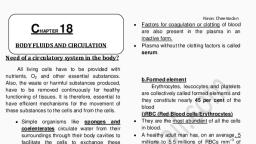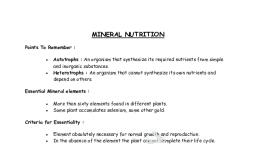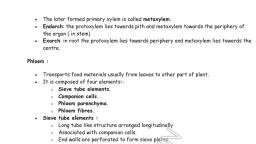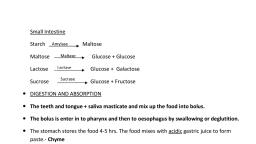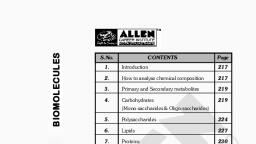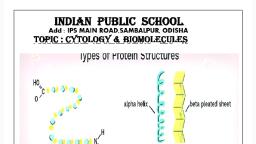Page 1 :
BIOMOLECULES, , All living organisms are made up of a large number of chemical substances., , While comparing the chemical constitution of living things with that of earth’s crust,, we will obtain a similar list., , The only difference between these two lists is that hydrogen and carbon is present in, large amount in living organisms than earth’s crust., , Chemical Analysis to find The Organic Compounds of Living Organisms, , First take a living tissue like a vegetable or a piece of liver, etc., , Grind the tissue in tri-chloroacetic acid (Cls;CCOOH) using a mortar a pestle., , Strain the thick slurry obtained through a cheese cloth or cotton., , Now we get a acid soluble filtrate portion known as acid pool and the acid insoluble, precipitate portion known as acid insoluble pool., , Chemical Analysis to find out The Inorganic Compounds of Living Organisms, {Ash Analysis), , , , First a small amount of living tissue like leaf, lever, etc is weighed and dried to get the, dry weight., , Dried tissue is then fully burned., , During burning, carbon compounds are oxidized to CO2 and H20., , The remaining substance left is the ash., , The ash contains the following inorganic constituents., , METABOLITES, , The biomolecules which occur in all living cells are called metabolites. They are, classified into two., 1, Primary Metabolites, Metabolites like carbohydrate, proteins, nucleic acids, lipids, etc. is present in, all animal tissues and are called primary metabolites., 2. Secon Metabolites, In plants, fungus and microbial cells in addition to primary metabolites they, posses the substances like alkaloids, flavonoids, rubber, essential oils,, antibiotics, coloured pigments, scents, gums, spices, etc. These substances are, called secondary metabolites.


